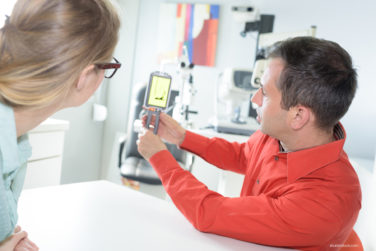The rules for healthcare delivery and payment have changed in the United States. Even with concerns regarding what a new administration will mean to the industry, the Affordable Care Act is here. Sadly, one of the ACA’s unintended casualties may be medical device innovation. The days are rapidly disappearing in which hospitals will pay a premium for the latest and greatest implant that offers only incremental improvement. This raises the question: Should medical device companies continue to innovate? And, even if a company does have a truly innovative product to offer, will hospitals and insurers be willing to pay for it? I would argue that the answers can still be yes and yes.
Truly innovative products and designs still have the potential to disrupt the industry. One illustration of the potential to truly innovate is the emergence of the 3D printer in device design and manufacturing. Not only does 3D printing offer a new means to manufacture implants, it also allows companies to design very unique devices that couldn’t be manufactured in a more traditional manner. Two recent examples from the spine world are illustrative. The first are 3D-printed porous titanium spinal cages. These designs, based on dental implant bone integration data, are demonstrating positive early results. Even more innovative: The recent development of 3D-printed synthetic bone with demonstrated intrinsic osteoinductive capacity. These are examples of true innovations that, with a comprehensive strategic plan, can succeed in the post-ACA world.
Back Up Your Product Claims
But, while 3D printing offers the ability to design and manufacture innovative implants, that may not be enough. To be successful, medical device companies need to take a clue from the pharma world; they need to be able to back up their claims of improvement with data. The regulatory pathway through the FDA for most, if not all, pharmaceuticals necessitates pre-approval clinical studies demonstrating safety and efficacy. While most medical devices do not require this level of study due to the 510k clearance process, the collection of efficacy data can be of great benefit in the new healthcare landscape. With changes in reimbursement models, increasing competition—and even more informed, Internet-savvy patients—the ability to demonstrate an innovative product’s benefits through data can help separate your product from the competition. In fact, it will be increasingly necessary to justify price. The key going forward will be to capture both clinical and economic data, and where possible, pre-clinical data such as animal studies.
One word of caution about innovation. While innovation can still pay off, over-innovating is increasingly problematic. Adding features that have no demonstrable clinical or economic benefit is unlikely to gain hospital support let alone garner premium pricing. Therefore, going forward, medical device companies need to strike the right balance between true innovations that stakeholders are willing to pay for, while letting go of innovation that holds no additional clinical or economic value.
The post-ACA world, while evolving, can still provide rewards for a truly innovative medical device. But, the bar has been raised and medical device companies need to ensure that their new solutions provide a demonstrable clinical and economic benefit to the hospital and to the patient.
Disclosure: K2M is involved in 3D design and manufacturing. These views are mine and do not necessarily represent the views of K2M.






